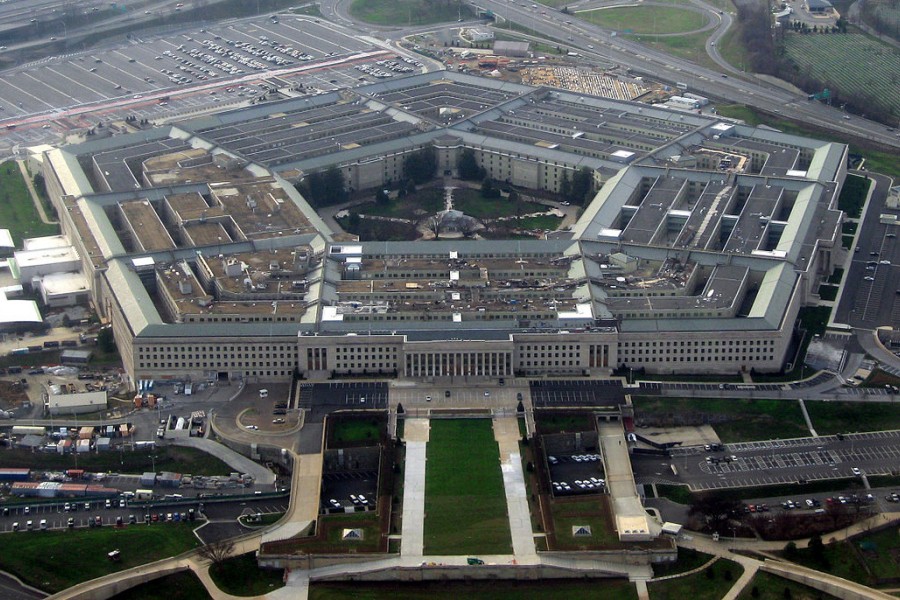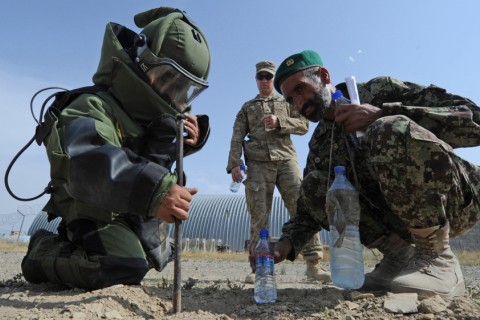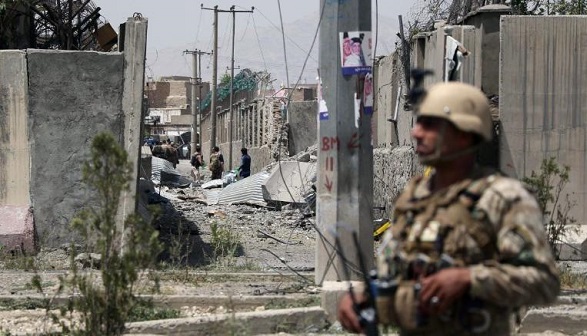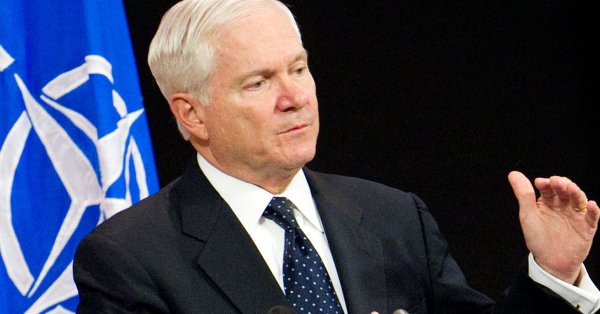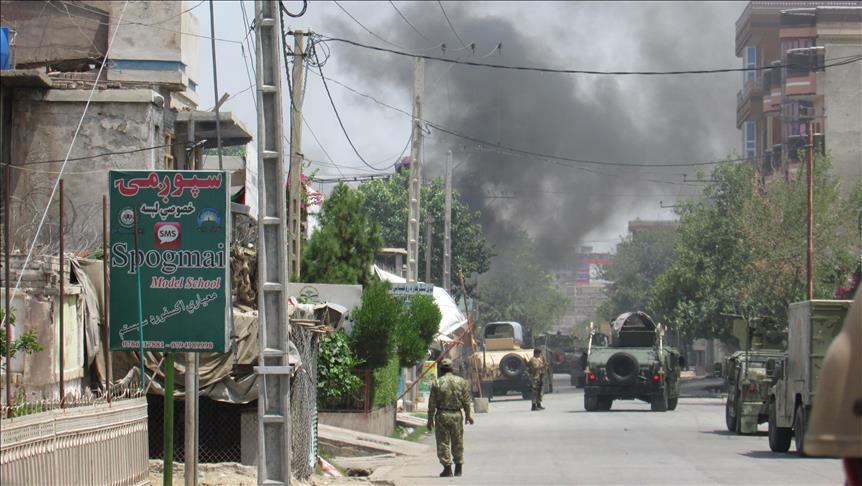According to a Department of Defense Inspector General report, the Combined Security Transition Command-Afghanistan (CSTC-A) cannot account for $3.1 billion from 2014 to 2017 “intended to increase [Afghan security forces] effectiveness and capabilities so the [forces] can become more professional and increasingly self-sustaining.”
Publish dateTuesday 3 April 2018 - 13:04
Story Code : 161115
CSTC-A also cannot account for $700 million meant for ammunition provided to Afghan security forces between 2015 and 2017. There’s also some $28 million of wasteful spending on Afghan uniforms in a decade.
With U.S. taxpayers funding $45 billion annually to nation build in Afghanistan, the inspector general’s concern about the potential for waste, fraud, and abuse raises a number of important issues.
First and foremost, the fact that the military can’t properly account for $3.1 billion spent in Afghanistan underscores the need for the Pentagon to conduct its first ever top-to-bottom audit, which comptroller David Norquist announced in December 2017 would be done. U.S. government agencies have been required to present financial statements beginning in the 1990s, but for more than two decades, the Pentagon has not been able to comply. The reality is that it’s just not CSTC-A, but the entire DoD that cannot explain exactly how and where money is spent.
According to a Government Accountability Office January 2017 report, “serious financial management problems at the Department of Defense that have prevented its financial statements from being auditable.”
Second, if we can’t confidently track and evaluate how the Pentagon spends money — whether in Afghanistan or writ large — we ought to be concerned about the $1.3 trillion spending bill that includes more than $650 billion for the department — $589.5 billion base budget plus $65.2 billion for overseas contingency operations.
If we don’t know how the department has previously spent the hundreds of billions of dollars given to it annually, how can we know whether such increased spending is warranted — and how can we guarantee additional dollars will actually increase military value.
We should also be concerned knowing that the department has ignored its own internal study that identified a potential $125 billion in overhead and core business operations such as accounting, human resources, logistics and property management that could be saved over five years. Moreover, the Pentagon didn’t know what it was paying for those operations. McKinsey & Company — the consulting firm hired to conduct the study — guessed the cost was anywhere between $75 billion and $100 billion a year, but wrote in a memo: “No one REALLY knows.”
Finally — and perhaps most important — the report about CSTC-A’s inability to account for $3.1 billion for Afghan security forces raises the larger issue of whether the U.S. should be spending that money to begin with.
The original mission in Afghanistan was to capture or kill Osama bin Laden, dismantle the al Qaeda network inside Afghanistan, and topple the Taliban-led government in Afghanistan because they gave safe haven to bin Laden and al Qaeda. The Taliban was driven from power in a matter of weeks. Over the next few years, al Qaeda’s senior leadership was disrupted and scattered largely to neighboring Pakistan. Osama bin Laden was finally found and killed by U.S. Special Operations Forces in May 2011.
But along the way — well before bin Laden was killed — the mission transformed from eliminating direct threats to U.S. security into propping up the fledgling Karzai government in Kabul. As such, the U.S. military effort was no longer about going after those who were responsible for 9/11, but became a democratic nation-building mission.
The reality is that Afghan security is not a prerequisite for U.S. national security. Afghanistan is not strategically important for America.
Whether it’s the Taliban, al Qaeda, or even ISIS, these groups are internal threats to the Afghan government, but none are direct threats (let alone existential threats) to the United States. As such, even if CSTC-A could account the $3.1 billion, it’s still wasted money because it’s unnecessary for U.S. national security. The same is true for the estimated $3.6 billion per month its costing us for troops in Afghanistan, as well as the estimated $1 trillion total cost of the war to date.
With U.S. taxpayers funding $45 billion annually to nation build in Afghanistan, the inspector general’s concern about the potential for waste, fraud, and abuse raises a number of important issues.
First and foremost, the fact that the military can’t properly account for $3.1 billion spent in Afghanistan underscores the need for the Pentagon to conduct its first ever top-to-bottom audit, which comptroller David Norquist announced in December 2017 would be done. U.S. government agencies have been required to present financial statements beginning in the 1990s, but for more than two decades, the Pentagon has not been able to comply. The reality is that it’s just not CSTC-A, but the entire DoD that cannot explain exactly how and where money is spent.
According to a Government Accountability Office January 2017 report, “serious financial management problems at the Department of Defense that have prevented its financial statements from being auditable.”
Second, if we can’t confidently track and evaluate how the Pentagon spends money — whether in Afghanistan or writ large — we ought to be concerned about the $1.3 trillion spending bill that includes more than $650 billion for the department — $589.5 billion base budget plus $65.2 billion for overseas contingency operations.
If we don’t know how the department has previously spent the hundreds of billions of dollars given to it annually, how can we know whether such increased spending is warranted — and how can we guarantee additional dollars will actually increase military value.
We should also be concerned knowing that the department has ignored its own internal study that identified a potential $125 billion in overhead and core business operations such as accounting, human resources, logistics and property management that could be saved over five years. Moreover, the Pentagon didn’t know what it was paying for those operations. McKinsey & Company — the consulting firm hired to conduct the study — guessed the cost was anywhere between $75 billion and $100 billion a year, but wrote in a memo: “No one REALLY knows.”
Finally — and perhaps most important — the report about CSTC-A’s inability to account for $3.1 billion for Afghan security forces raises the larger issue of whether the U.S. should be spending that money to begin with.
The original mission in Afghanistan was to capture or kill Osama bin Laden, dismantle the al Qaeda network inside Afghanistan, and topple the Taliban-led government in Afghanistan because they gave safe haven to bin Laden and al Qaeda. The Taliban was driven from power in a matter of weeks. Over the next few years, al Qaeda’s senior leadership was disrupted and scattered largely to neighboring Pakistan. Osama bin Laden was finally found and killed by U.S. Special Operations Forces in May 2011.
But along the way — well before bin Laden was killed — the mission transformed from eliminating direct threats to U.S. security into propping up the fledgling Karzai government in Kabul. As such, the U.S. military effort was no longer about going after those who were responsible for 9/11, but became a democratic nation-building mission.
The reality is that Afghan security is not a prerequisite for U.S. national security. Afghanistan is not strategically important for America.
Whether it’s the Taliban, al Qaeda, or even ISIS, these groups are internal threats to the Afghan government, but none are direct threats (let alone existential threats) to the United States. As such, even if CSTC-A could account the $3.1 billion, it’s still wasted money because it’s unnecessary for U.S. national security. The same is true for the estimated $3.6 billion per month its costing us for troops in Afghanistan, as well as the estimated $1 trillion total cost of the war to date.
Source : خبرگزاری Afghan Voice Agency(AVA)
avapress.net/vdcezz8znjh8pzi.1kbj.html
Top hits
